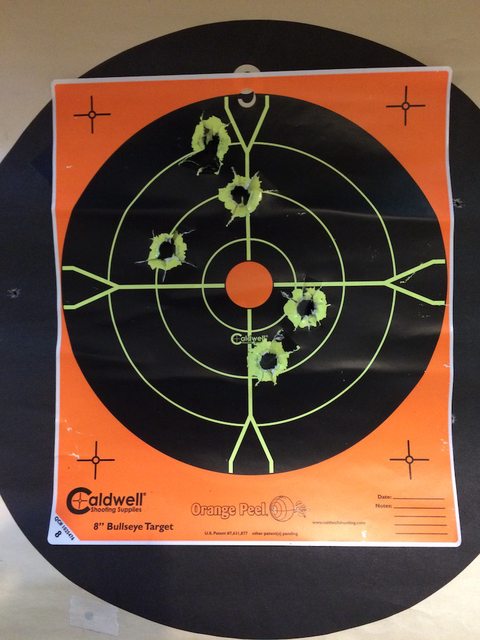Don't really have a purpose in mind, I'm not really a hunter, as I said am "curious" about conicals. Have heard folks make fantastic claims about centerfire like performance, but always figured muzzleloaders where limited by burn characteristics and pressures of black powder, and the ballistic coefficient of a PRB's.
That being said, the matches my club shoot are limited to PRB's, so basically I am just curious if perhaps I could get improved accuracy or ballistic performance with conicals. For example, can I get the accuracy and range comparable to say similar caliber black powder cartridge rifles 32-20, 38-40, 45-70, etc...?






